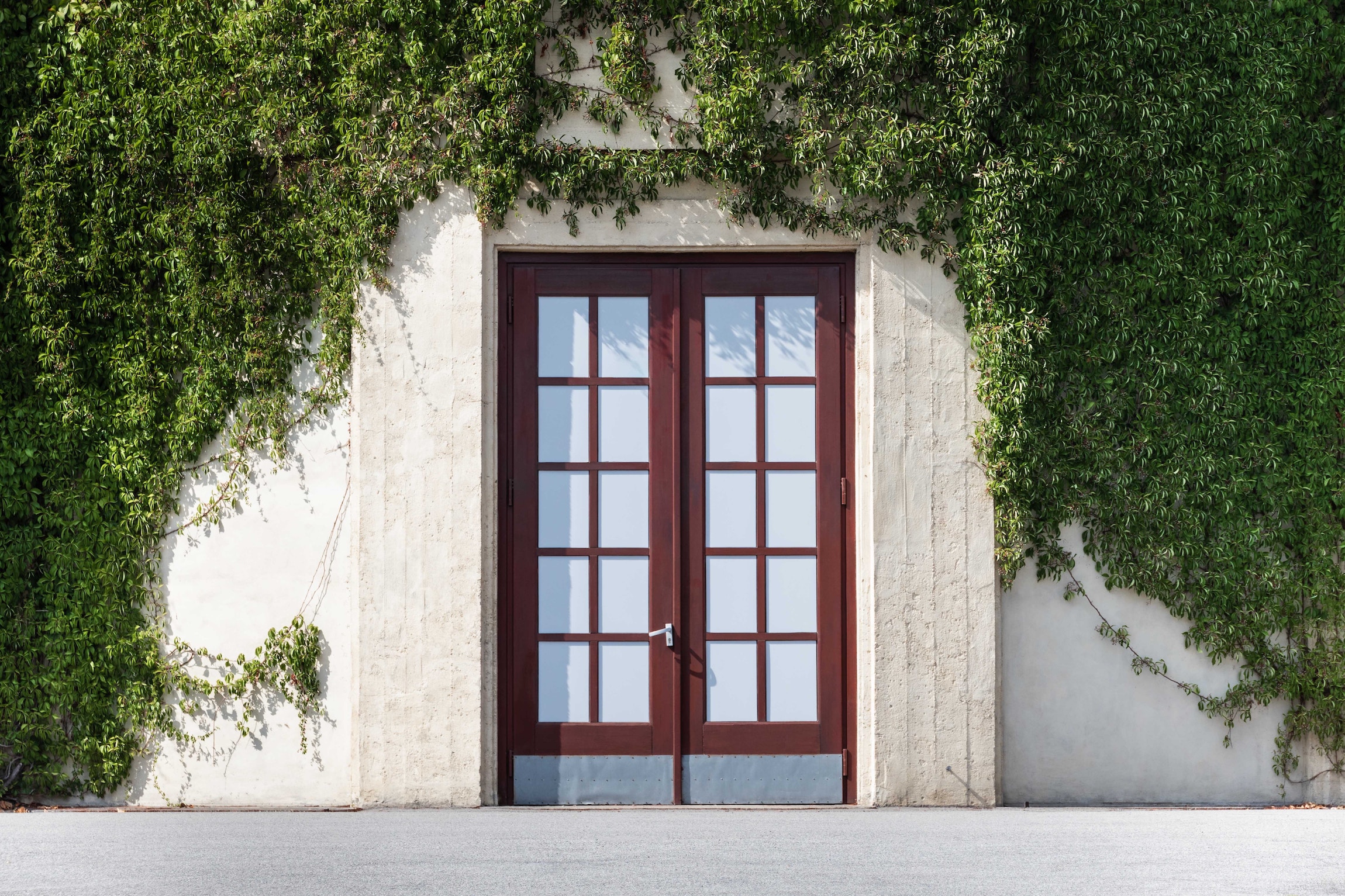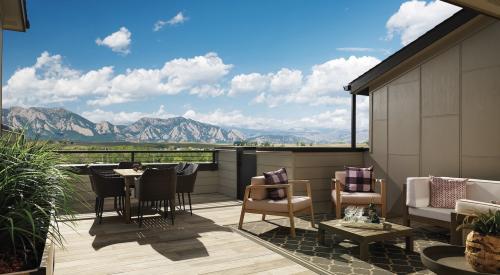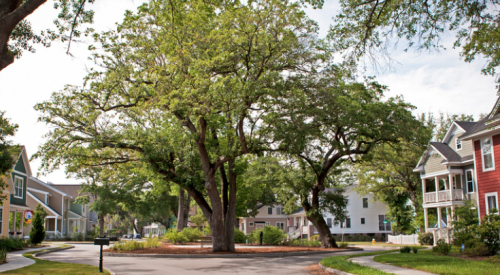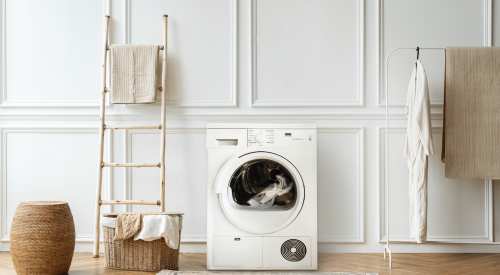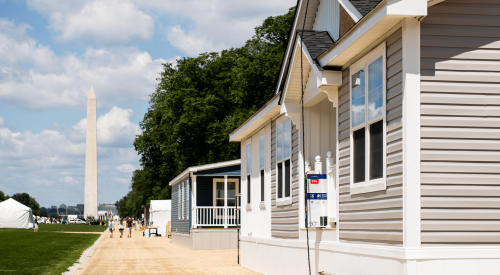A new National Association of Home Builders (NAHB) study looks at the results of five homebuyer preference surveys conducted over the last 15 years, which could help builders respond to market conditions.
Key survey results show:
- A decline in the share of buyers who want custom homes.
- Buyer demand for custom homes is outpacing supply.
- Buyers are more willing to accept a smaller house and lot to achieve affordability.
- Buyers are increasingly willing to give up the basement to save on cost.
- Buyers are more willing to pay extra for higher ceilings.
In 2003, nearly half (49 percent) of respondents said they prefer a custom-built home on a lot they own. This number dropped significantly to 23 percent by 2018, though the market share of new custom homes was 3 percent in 2017. Respondents who said they prefer an existing home increased from 29 percent to 46 percent during that time.
Although the median preferred square footage of a home has changed slightly, the data show buyers’ growing willingness to accept smaller homes and lots in order to achieve affordability. In 2003, 30 percent of buyers said they would accept a smaller home for a lower price. In 2018, the share grew to 42 percent. Similarly, 30 percent of buyers would accept a smaller lot in 2003, while in 2018, 40 percent said they would.
The surveys also capture buyer willingness to give up a basement in order to save money. The share preferring “no basement” was 29 percent in 2003, while 54 percent of buyers preferred a full basement. By 2018, just 32 percent of buyers wanted a full basement, while 44 percent decided the cost savings were enough to forgo a basement altogether.
Homebuyers want higher ceilings, despite the added up-front cost and ongoing heating and cooling expenses. In 2003, 45 percent of buyers preferred 8-foot ceilings on the first floor, while 54 percent wanted ceilings higher than 8 feet. By 2018, 67 percent of buyers were willing to pay extra for ceilings higher than 8 feet on the first floor.
- Access a PDF of this article in Pro Builder's November digital edition
